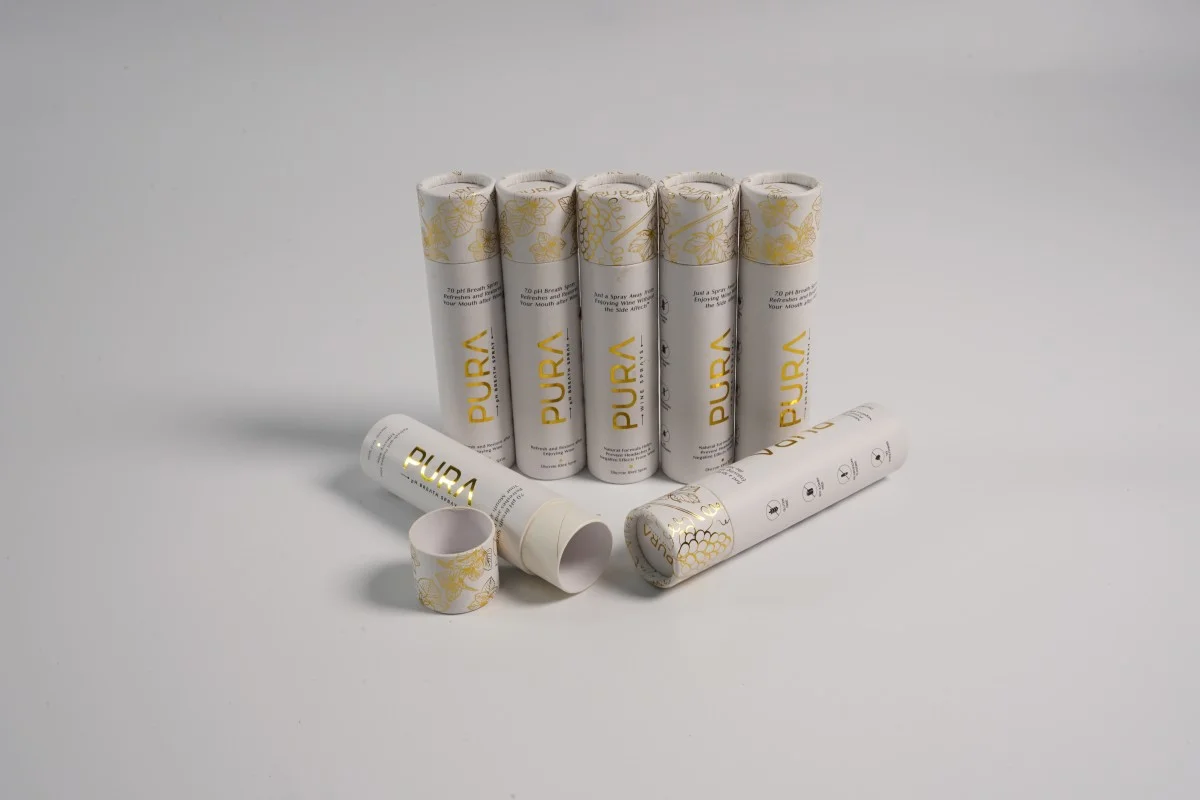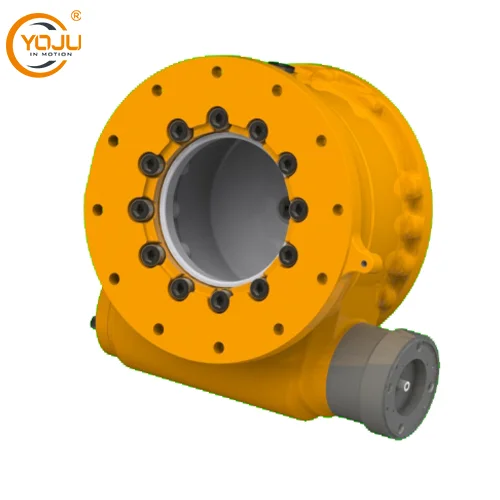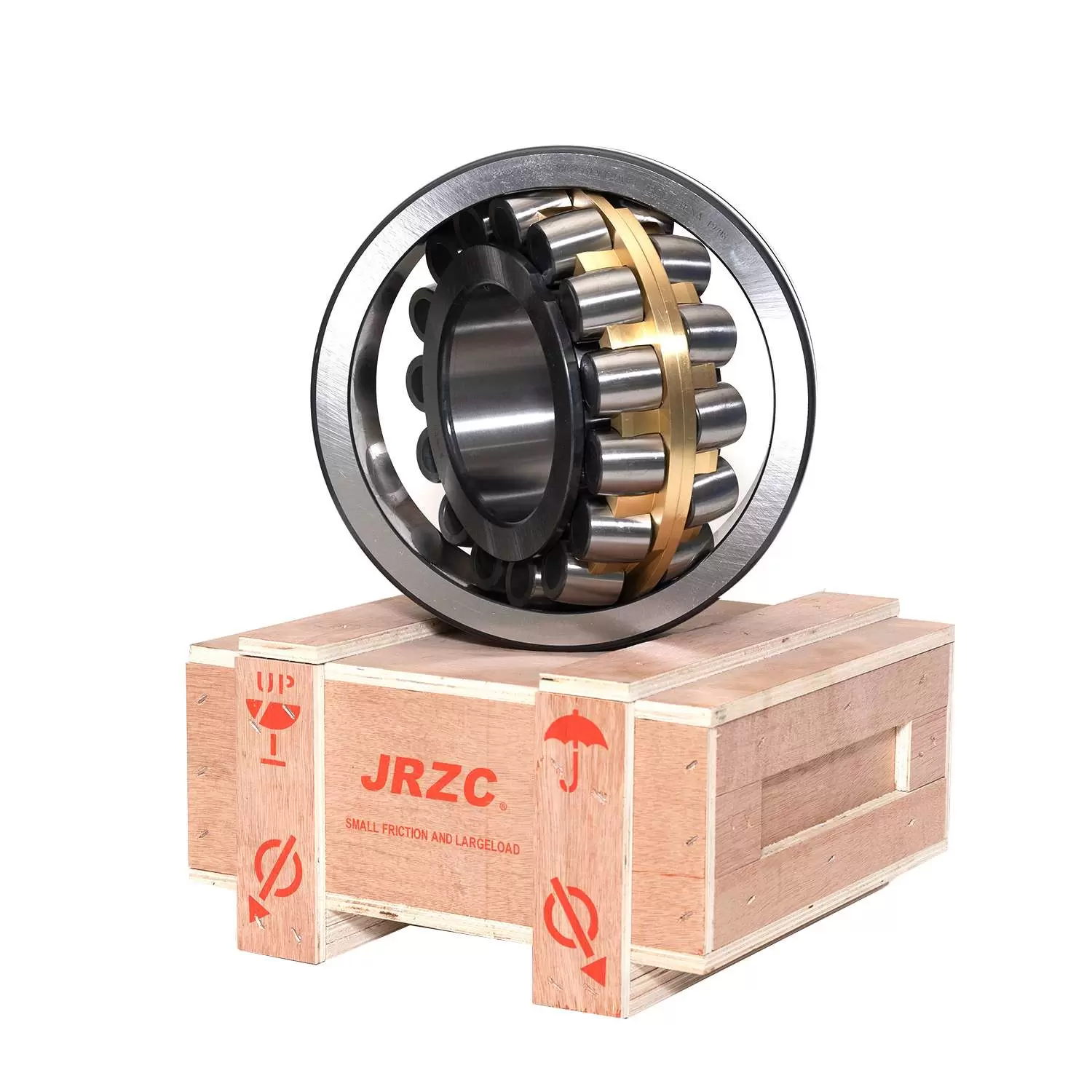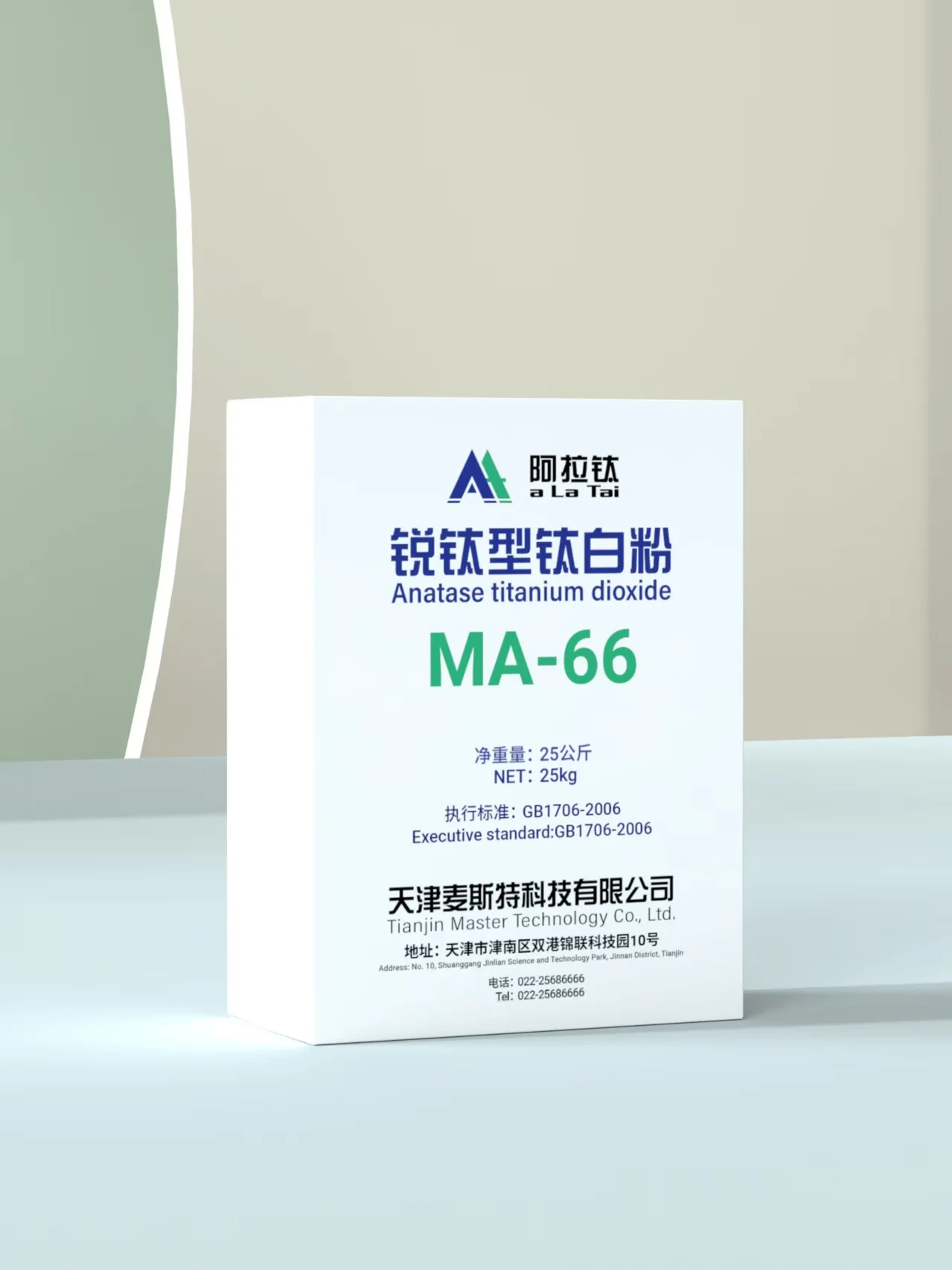In an era where sustainability is at the forefront of consumer consciousness, the choice between brown paper and traditional wrapping paper has become a topic of considerable debate. As we navigate the complexities of gift-giving and packaging, it is essential to evaluate not only the aesthetic appeal of these materials but also their environmental impact, functionality, and overall effectiveness. This article delves into the multifaceted comparison of brown paper versus wrapping paper, providing insights that will help consumers make informed decisions.
- Understanding the Materials
Brown Paper: A Versatile Option
Brown paper, often made from recycled materials, is a staple in eco-friendly packaging. Its unbleached, natural appearance lends itself to a rustic charm that appeals to many consumers. Typically, brown paper is thicker and more durable than standard wrapping paper, making it suitable for a variety of uses, from gift wrapping to crafting and even shipping.
Wrapping Paper: The Traditional Choice
On the other hand, wrapping paper is often colorful, printed, and designed to enhance the visual appeal of gifts. However, many types of wrapping paper are coated with plastic or metallic finishes, which can complicate recycling efforts. The aesthetic allure of wrapping paper is undeniable, but it often comes at the cost of environmental sustainability.
- Environmental Impact
Recyclability and Sustainability
One of the most significant advantages of brown paper is its recyclability. Most brown paper products can be easily recycled, contributing to a circular economy. Additionally, many brands produce brown paper from post-consumer waste, further reducing the demand for virgin materials.
In contrast, traditional wrapping paper poses challenges for recycling. Many types are not recyclable due to their coatings or the presence of glitter and other embellishments. This often leads to wrapping paper ending up in landfills, where it contributes to waste accumulation.
Carbon Footprint Considerations
The production processes for both materials also play a crucial role in their environmental impact. Brown paper generally has a lower carbon footprint, especially when sourced from sustainable forestry practices. In contrast, the production of wrapping paper often involves more energy-intensive processes, particularly when it includes dyes and coatings.
- Functionality and Use Cases
Durability and Protection
When it comes to functionality, brown paper excels in durability. Its thicker composition provides better protection for fragile items, making it a preferred choice for shipping and packaging. Moreover, it can be easily customized with stamps, drawings, or other embellishments, allowing for a personal touch without compromising its eco-friendliness.
Wrapping paper, while visually appealing, may not offer the same level of protection. Its thinner nature can lead to tears and rips, especially when wrapping awkwardly shaped gifts. For items that require extra cushioning, brown paper can be used in conjunction with other materials, such as bubble wrap or tissue paper, to enhance protection.
Aesthetic Appeal
While brown paper is often associated with a minimalist aesthetic, it can be dressed up with ribbons, twine, or decorative elements to create a beautiful presentation. This versatility allows consumers to tailor their packaging to suit various occasions, from birthdays to holidays.
Wrapping paper, with its vibrant colors and patterns, undoubtedly provides an immediate visual impact. However, the challenge lies in balancing aesthetics with sustainability. Consumers may find themselves torn between the desire for a beautiful presentation and the need to make environmentally conscious choices.
- Cost Considerations
Affordability and Accessibility
In terms of cost, brown paper is often more affordable than high-quality wrapping paper, especially when purchased in bulk. This makes it an attractive option for budget-conscious consumers who still want to make a positive environmental impact. Additionally, the availability of brown paper in various forms—such as rolls, sheets, and bags—adds to its accessibility.
Wrapping paper, particularly premium options, can be more expensive, especially when considering the need for multiple sheets for larger gifts. This cost factor can influence purchasing decisions, particularly during peak gifting seasons.
Conclusion: Making the Right Choice
Ultimately, the question of whether brown paper is better than wrapping paper depends on individual values and priorities. For those who prioritize sustainability, recyclability, and functionality, brown paper emerges as the clear winner. Its versatility, durability, and lower environmental impact make it an ideal choice for eco-conscious consumers.






